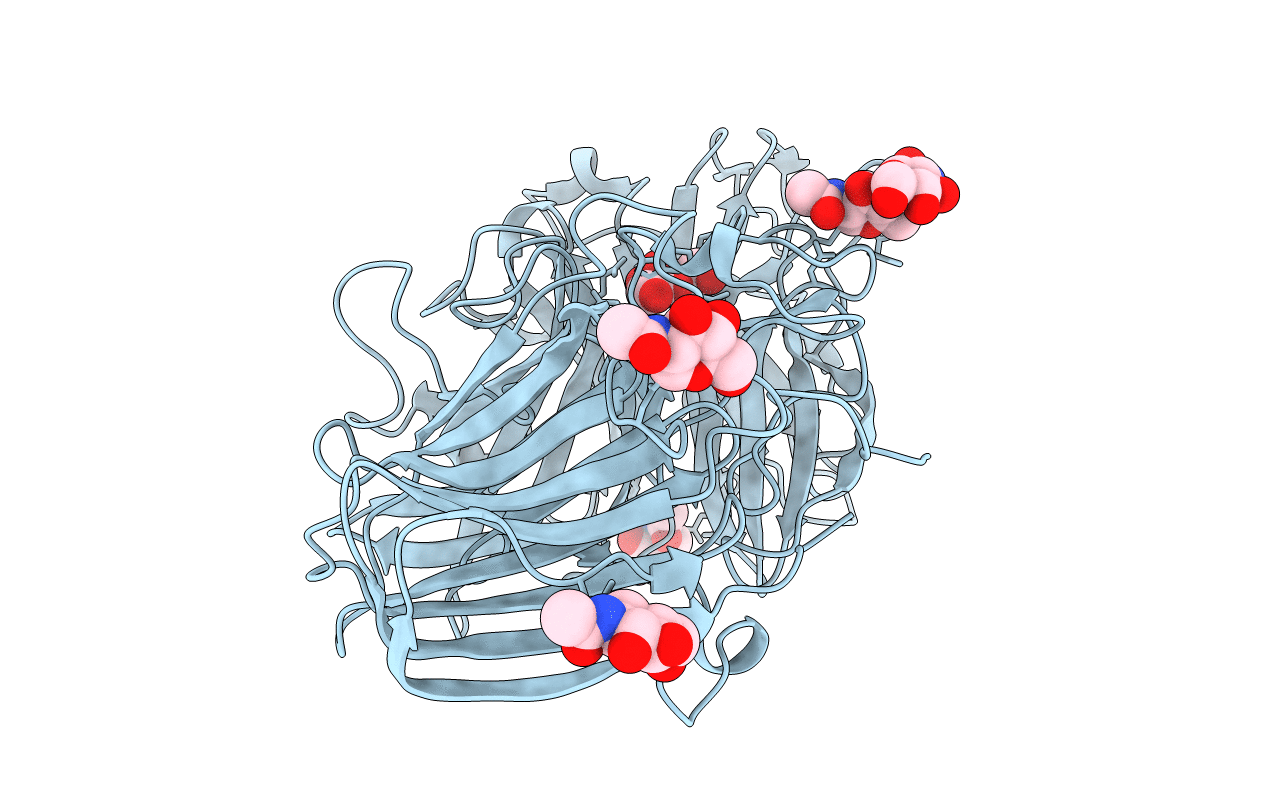
Deposition Date
2004-12-15
Release Date
2004-12-21
Last Version Date
2024-11-13
Entry Detail
PDB ID:
1Y9G
Keywords:
Title:
Crystal structure of exo-inulinase from Aspergillus awamori complexed with fructose
Biological Source:
Source Organism:
Aspergillus awamori (Taxon ID: 105351)
Method Details:
Experimental Method:
Resolution:
1.87 Å
R-Value Free:
0.19
R-Value Work:
0.14
R-Value Observed:
0.15
Space Group:
P 1 21 1


